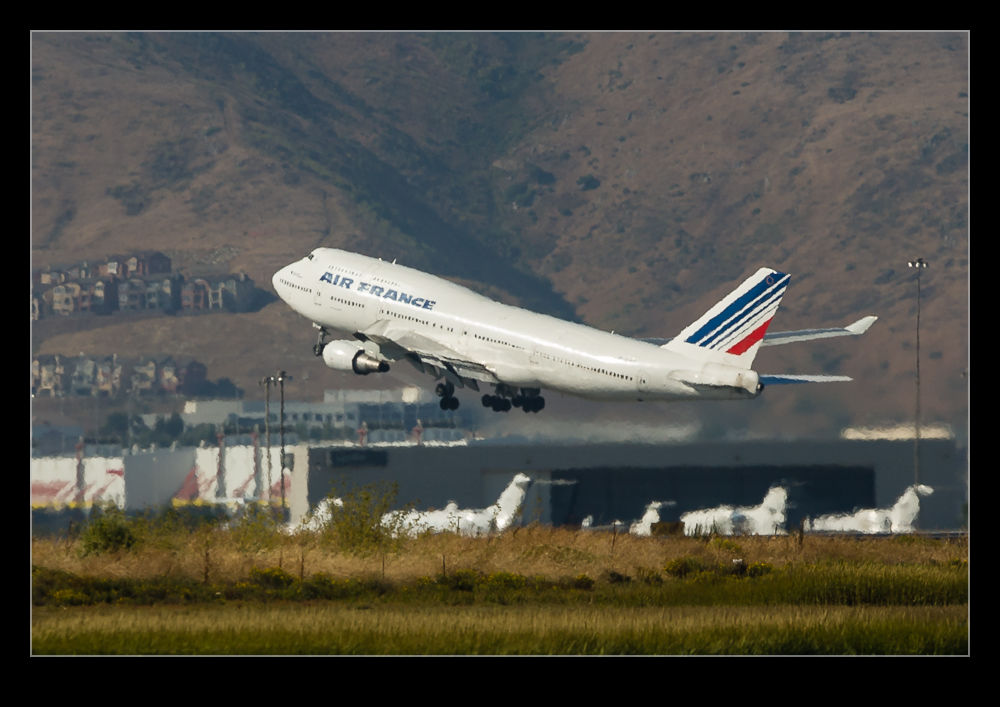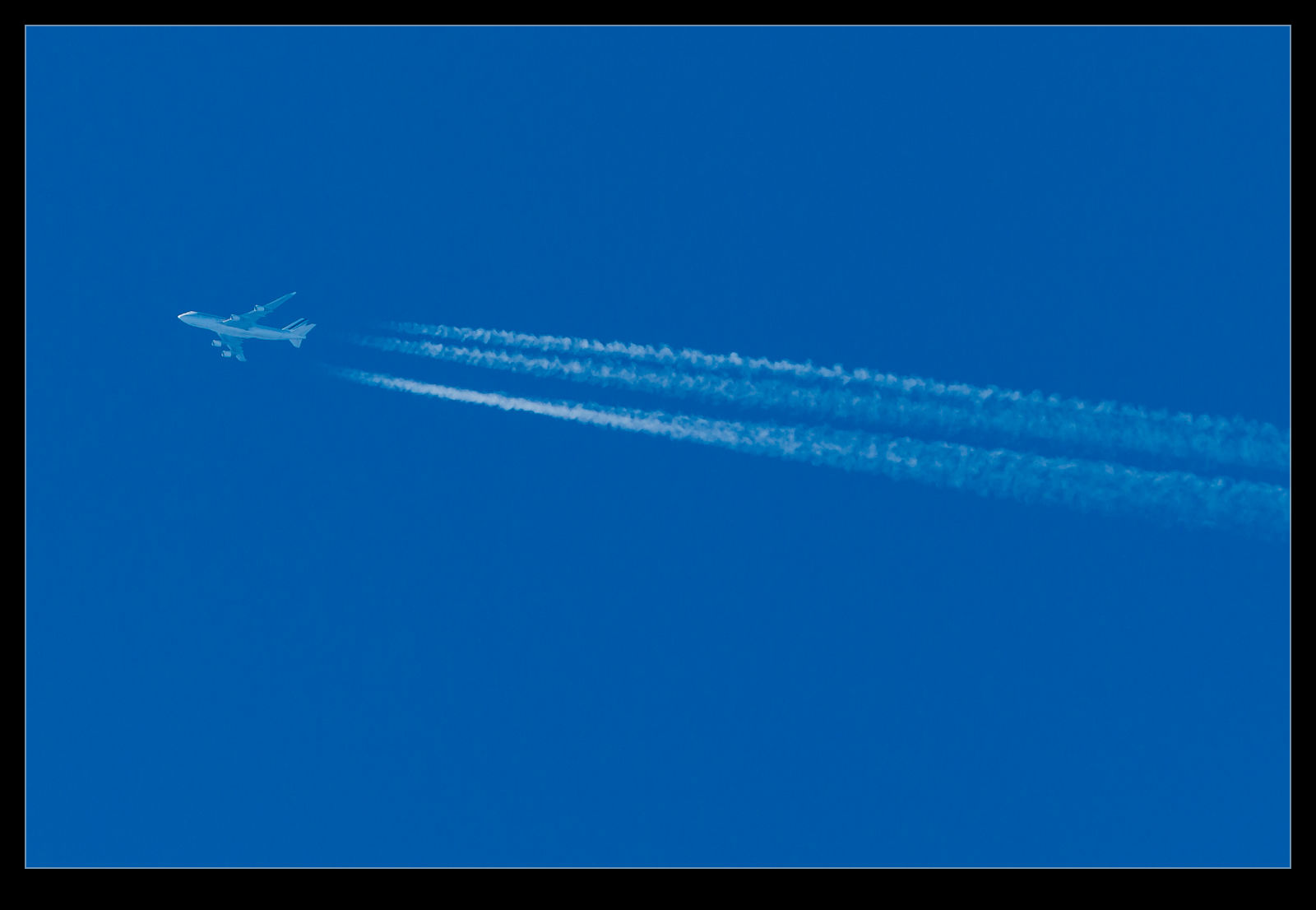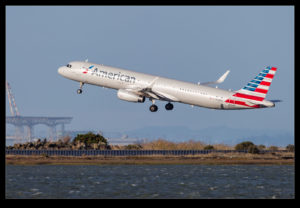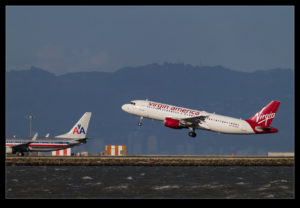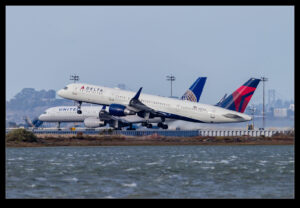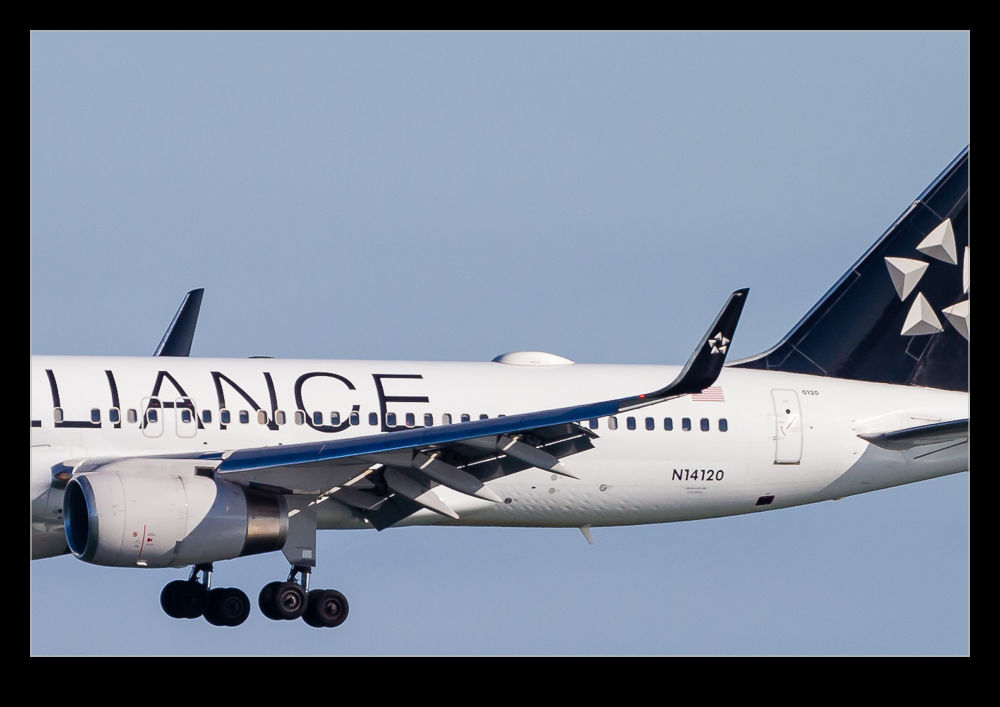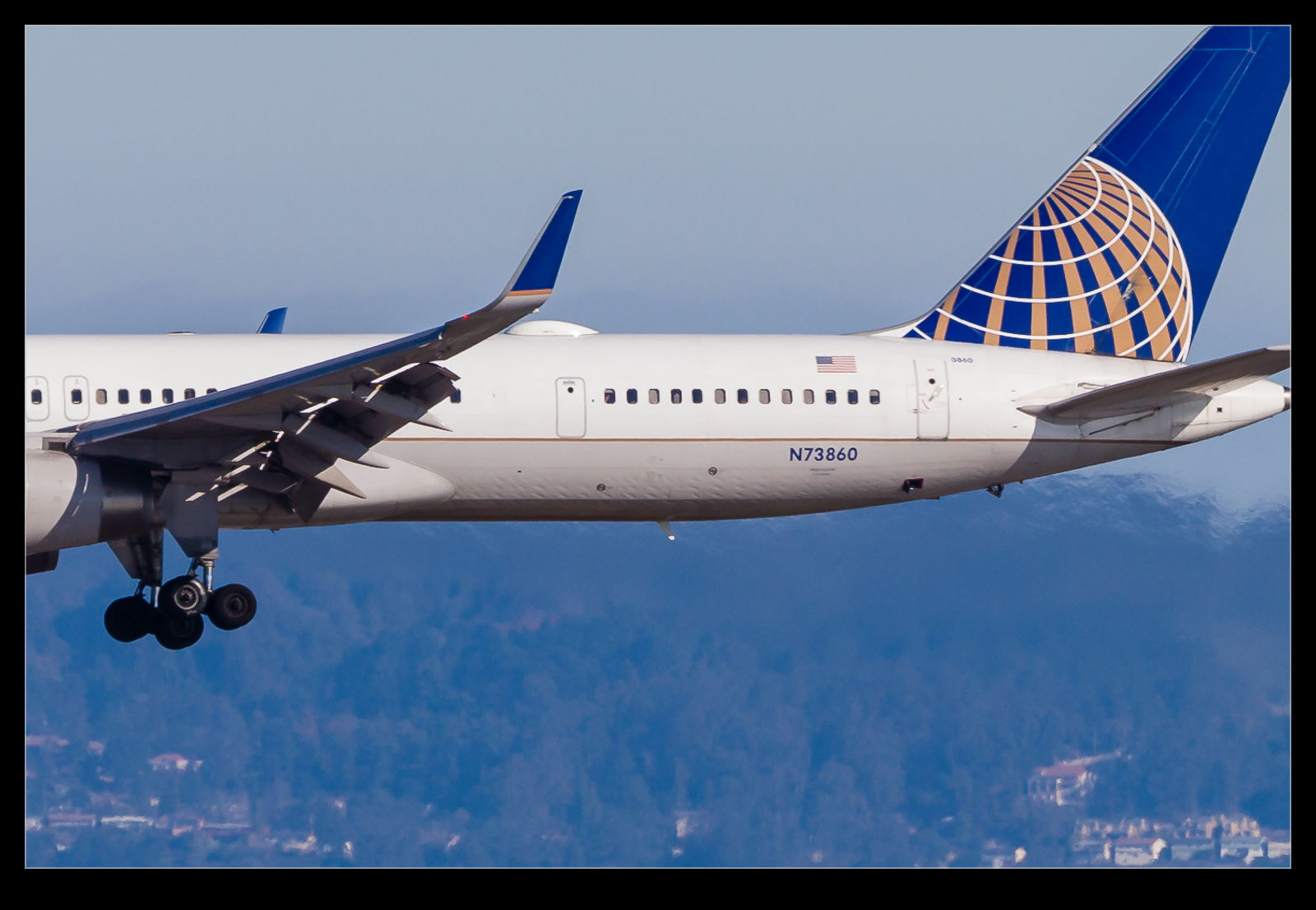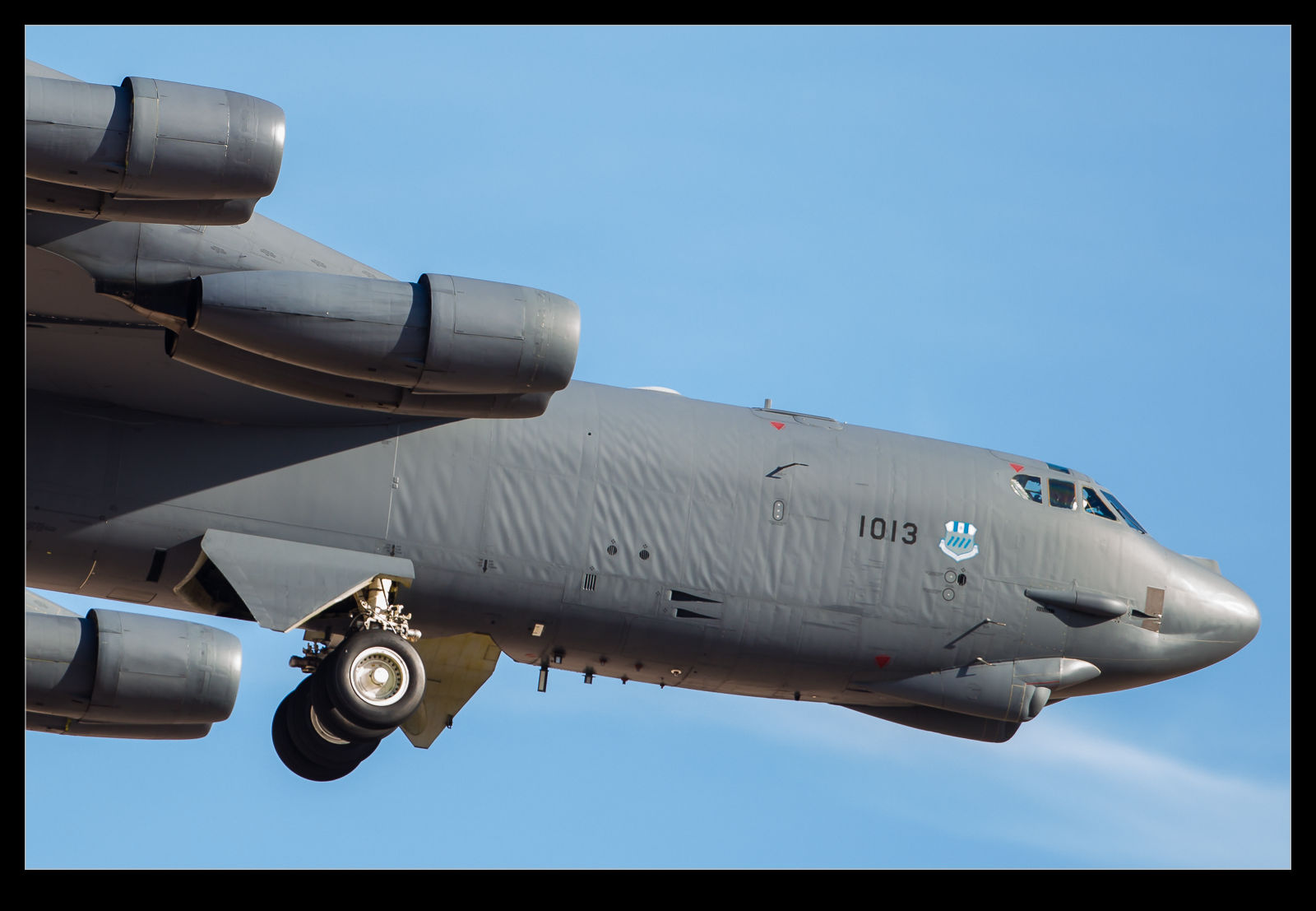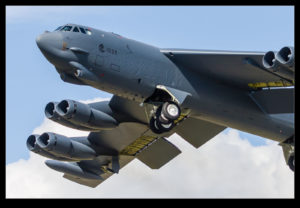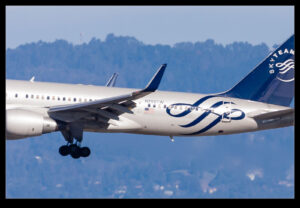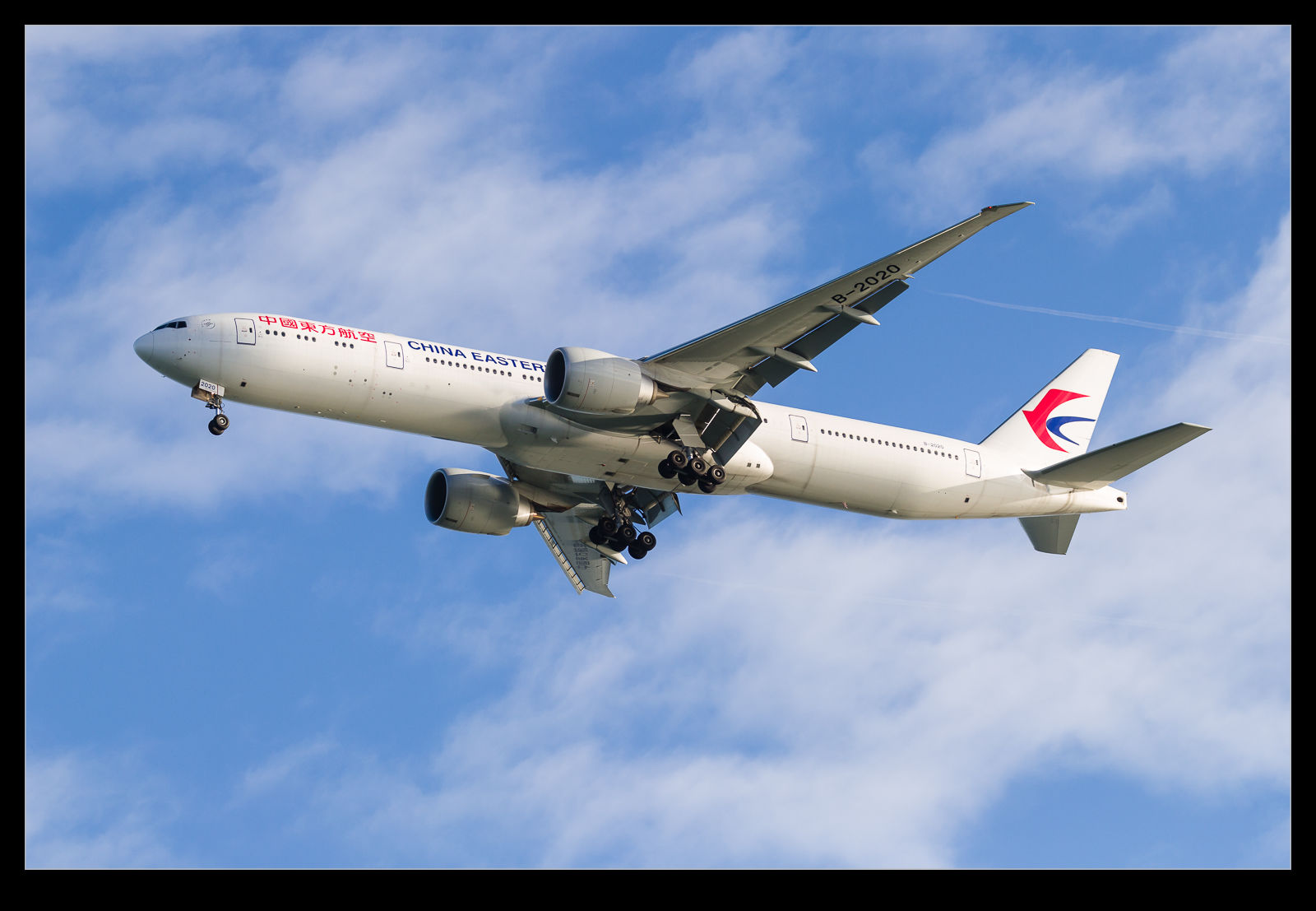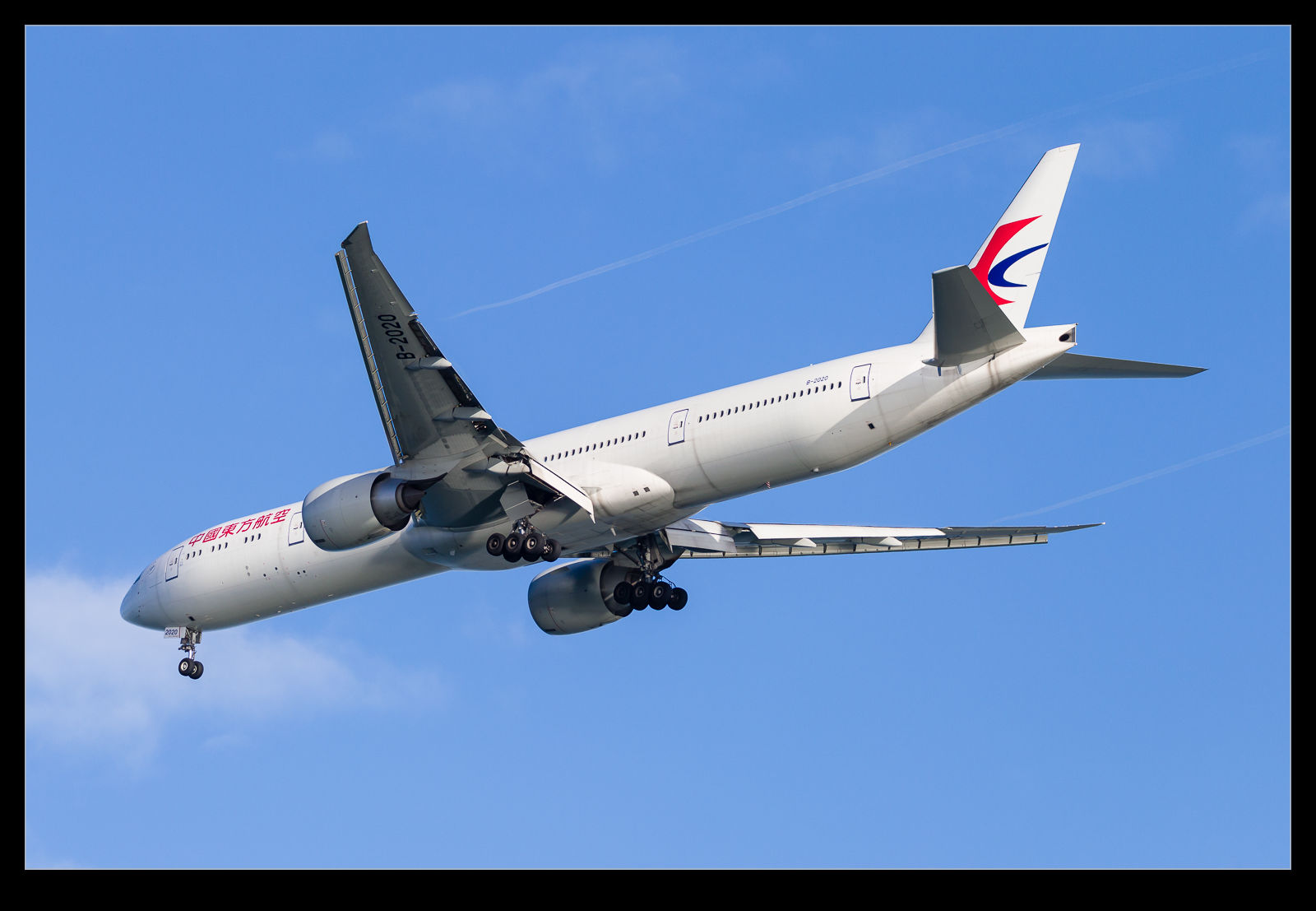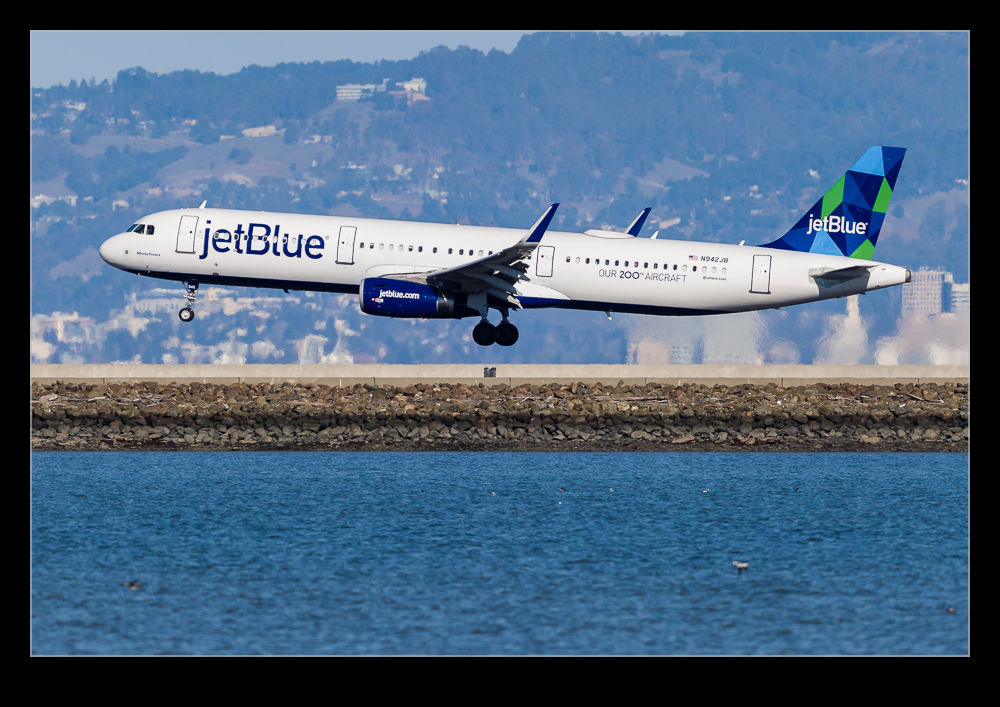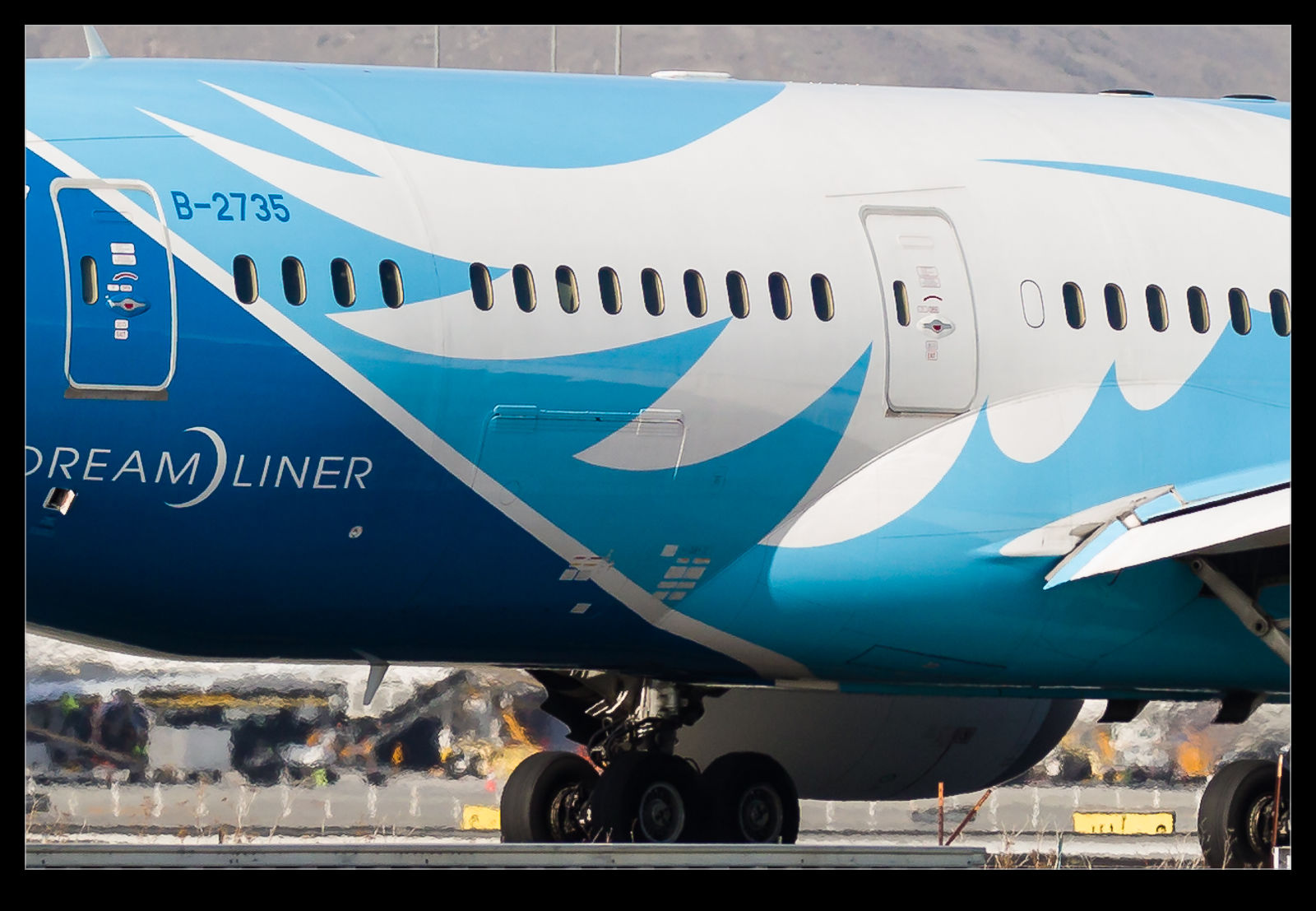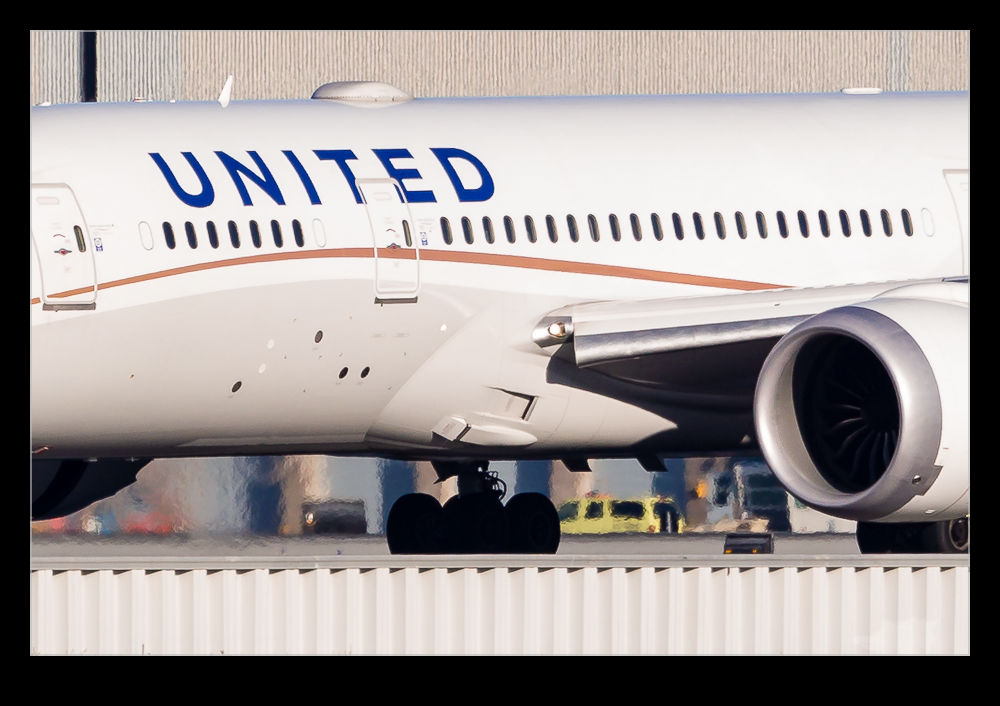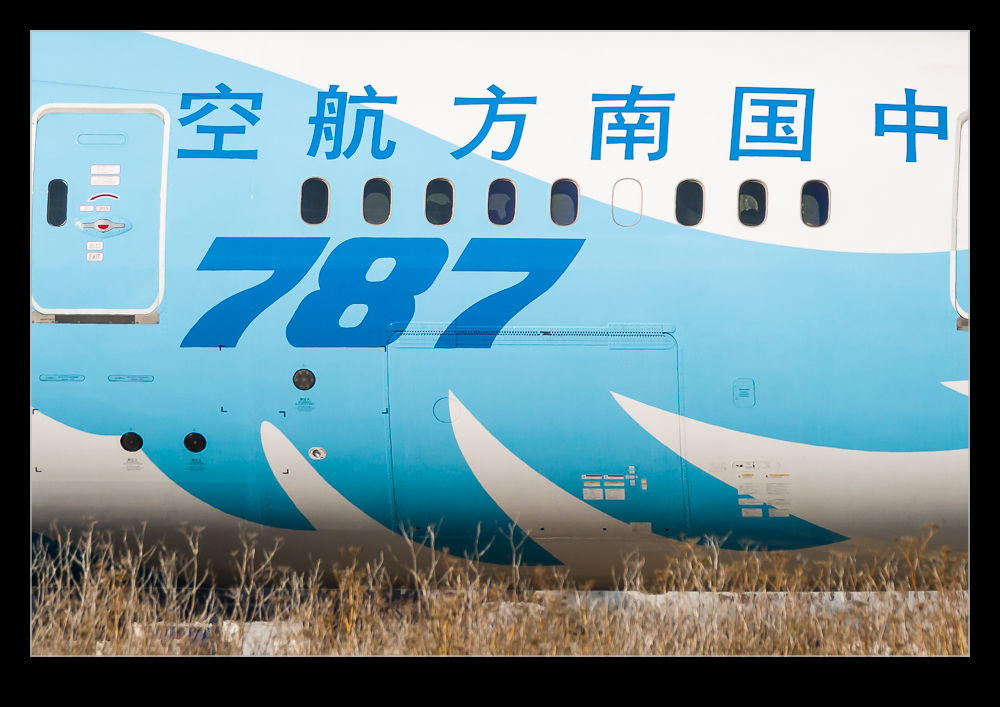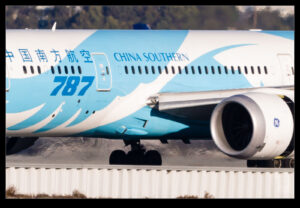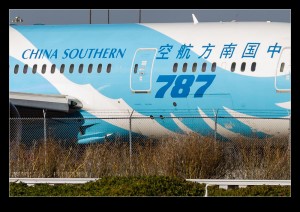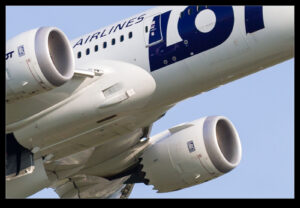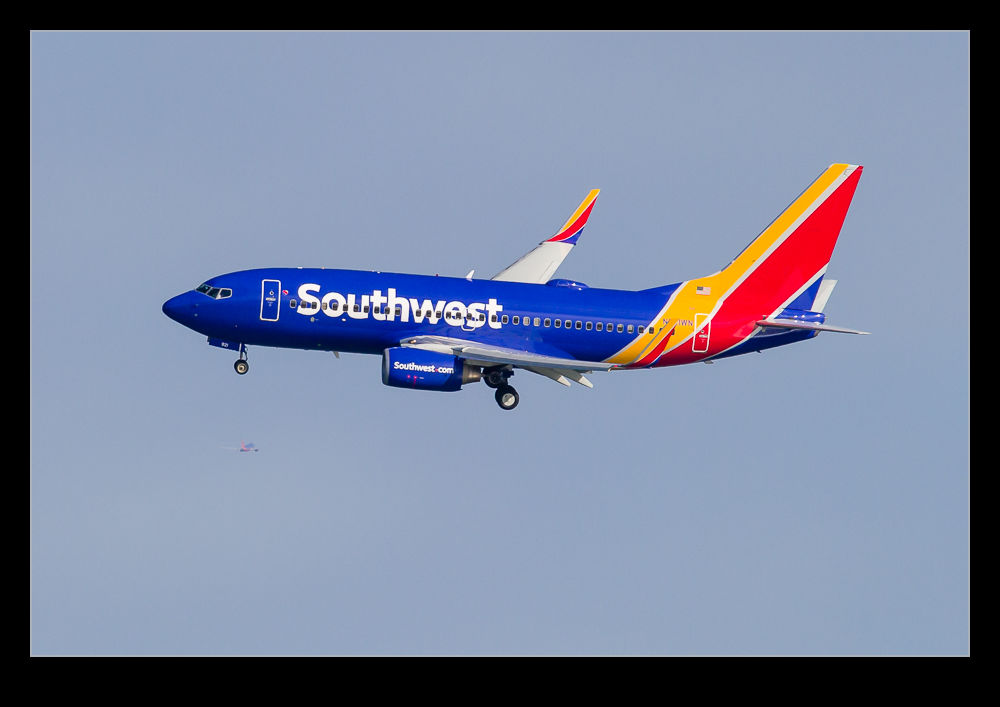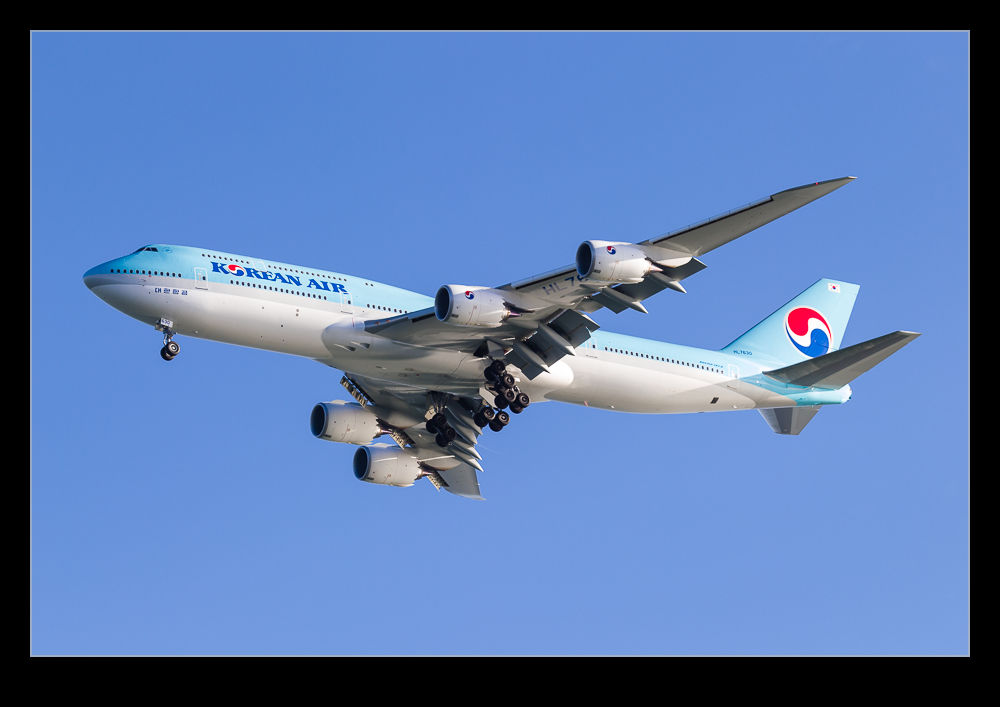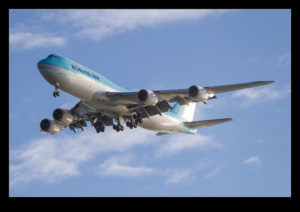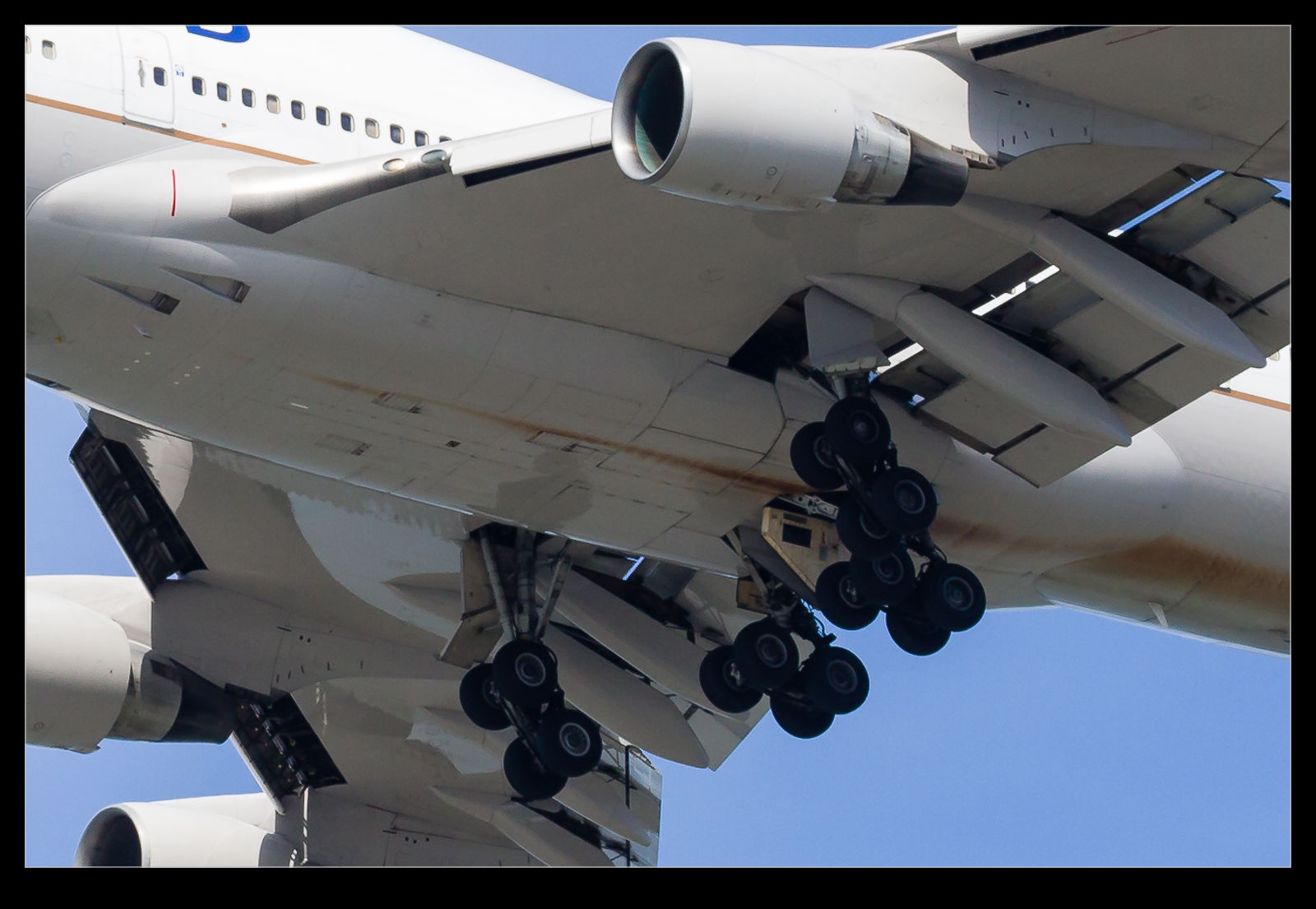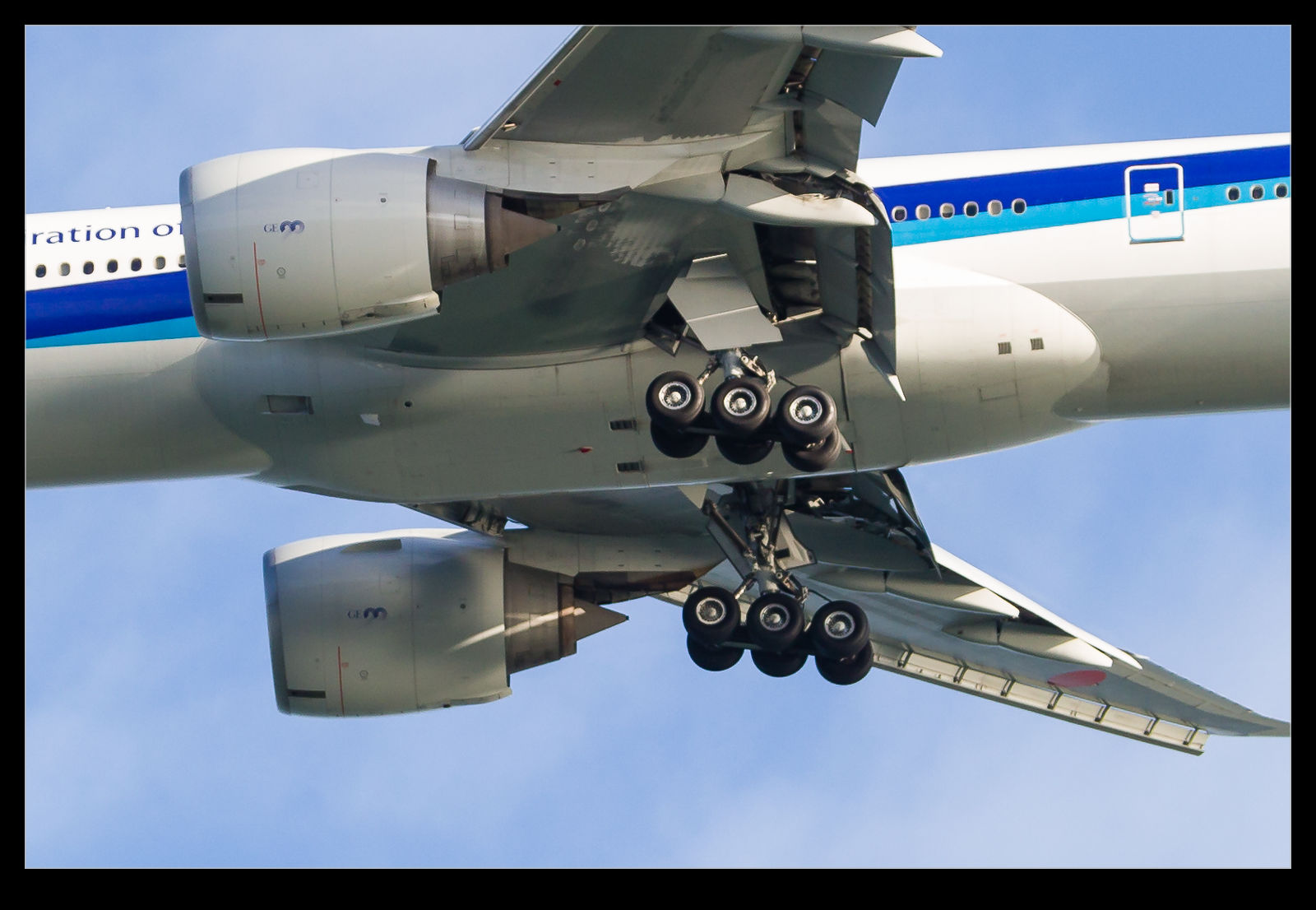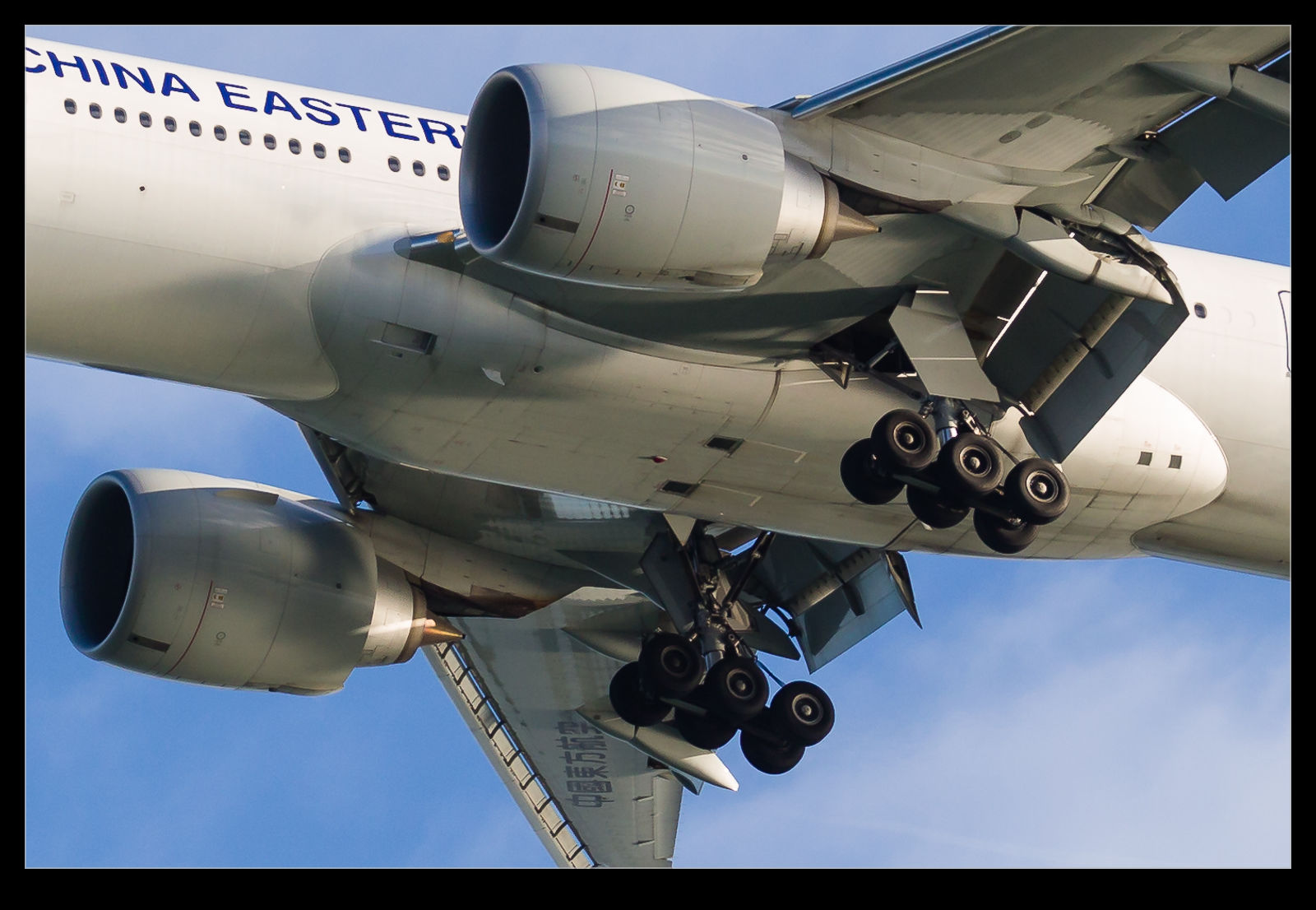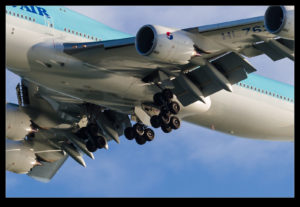 The winter brings days with clear skies and nice light angles. That is not all it brings, though. It can mean strong winds. One of my visits to SFO last year coincided with some very strong winds. The wind was gusting over 40kts on a regular basis. This was far to strong to allow operations on all of the runways. With the wind almost directly down the 28s, those runways were in use for arrivals and departures.
The winter brings days with clear skies and nice light angles. That is not all it brings, though. It can mean strong winds. One of my visits to SFO last year coincided with some very strong winds. The wind was gusting over 40kts on a regular basis. This was far to strong to allow operations on all of the runways. With the wind almost directly down the 28s, those runways were in use for arrivals and departures.
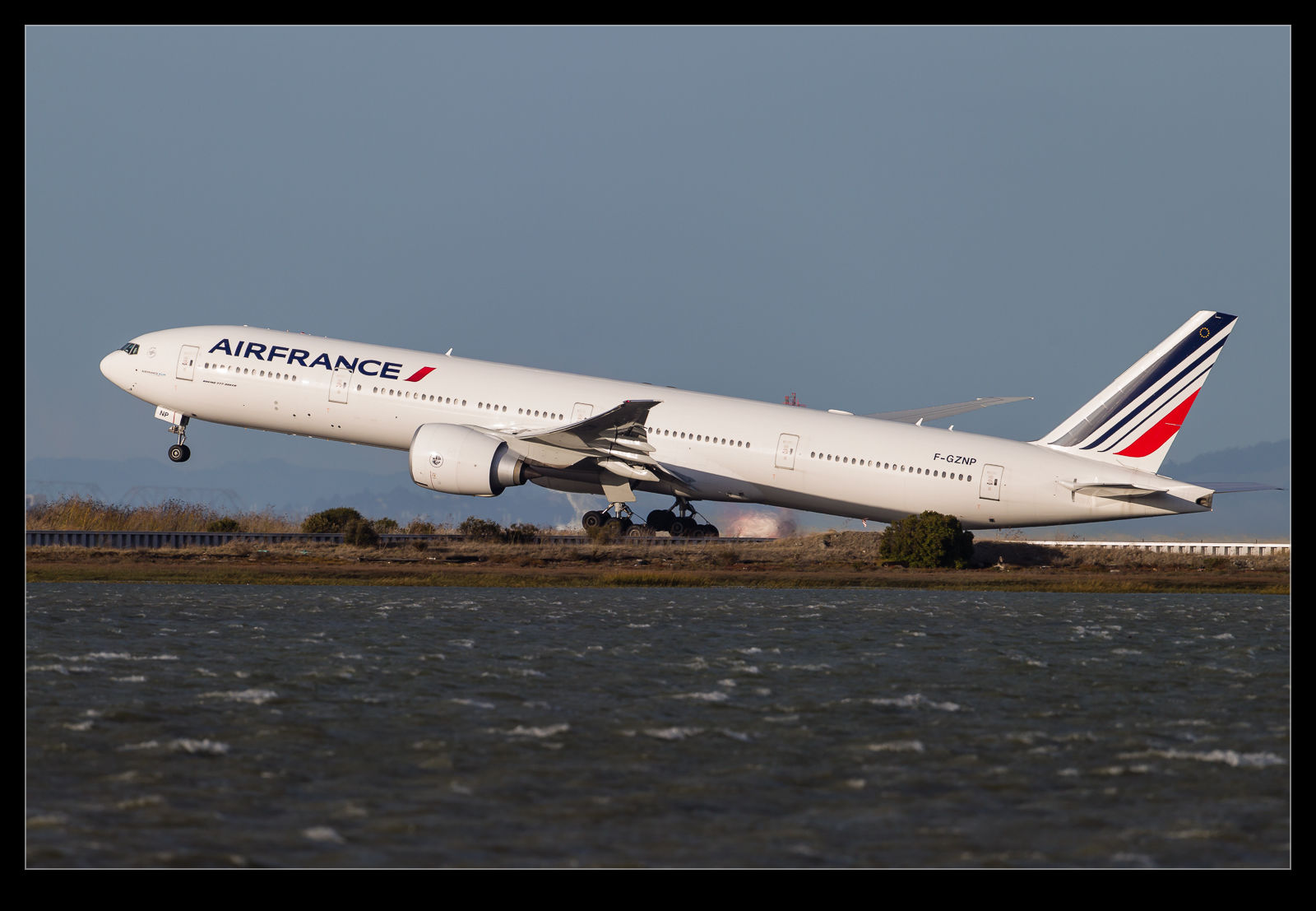 The wind might have been strong but the conditions weren’t bad for photography. The sun was actually out and the light on the planes was pretty nice. However, using a long lens was a bit more tricky with the wind since it tended to blow the lens around a lot. I spent a lot of time trying to stay in the lee of a tree to shield myself from the worst of the gusts.
The wind might have been strong but the conditions weren’t bad for photography. The sun was actually out and the light on the planes was pretty nice. However, using a long lens was a bit more tricky with the wind since it tended to blow the lens around a lot. I spent a lot of time trying to stay in the lee of a tree to shield myself from the worst of the gusts.
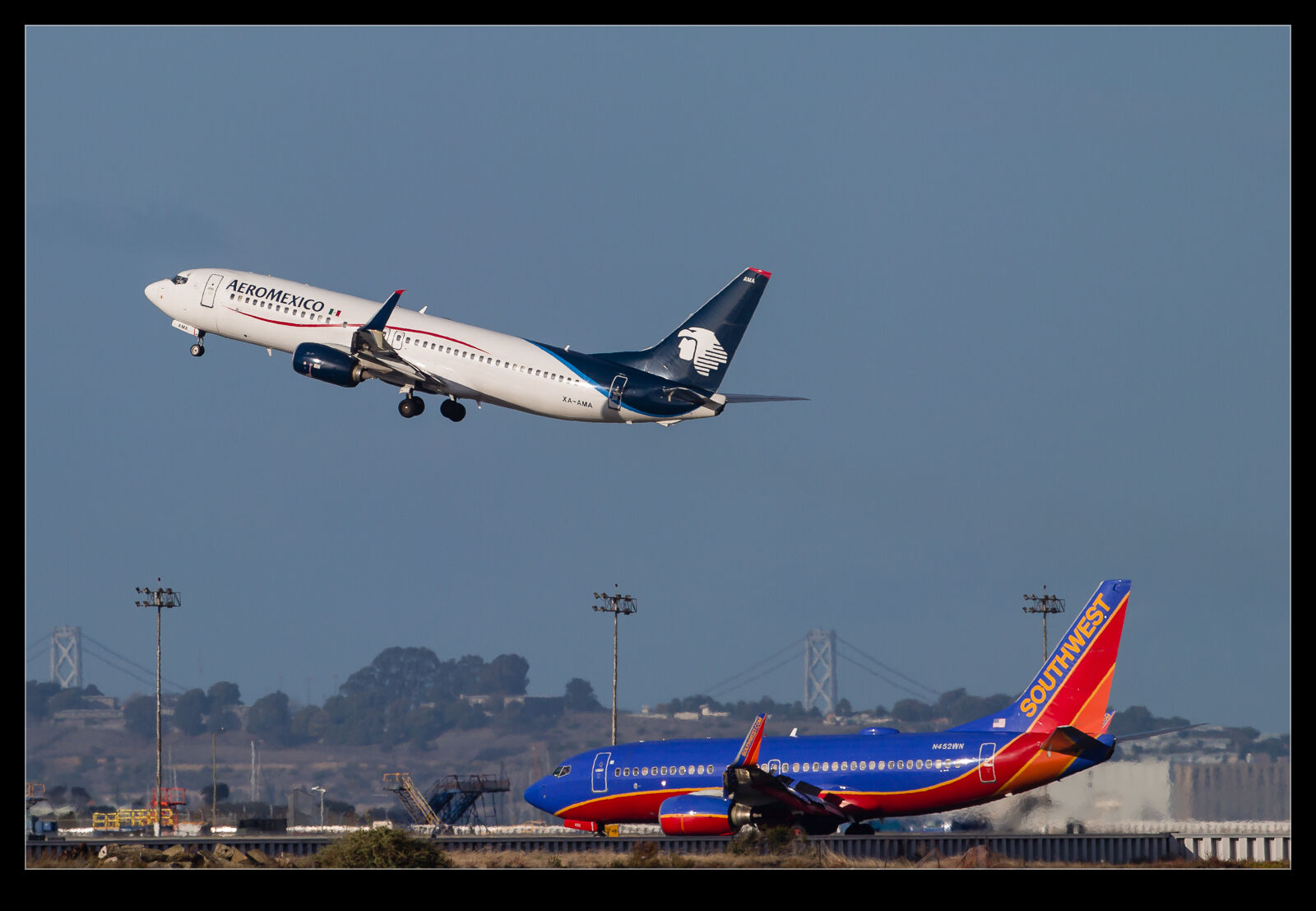 Consolidation of all operations on the two runways meant that things could get pretty congested near the thresholds. Plenty of jets were lined up ready for departure in between the arrivals. Having so many jets up there is relatively unusual. It is a bit problematic for some shots though. The arriving jets are behind those awaiting departure slots. The waiting jets produce a lot of distortion from the heat of their engine exhausts. This can be quite frustrating since the number of jets means that clear space for a shot is limited.
Consolidation of all operations on the two runways meant that things could get pretty congested near the thresholds. Plenty of jets were lined up ready for departure in between the arrivals. Having so many jets up there is relatively unusual. It is a bit problematic for some shots though. The arriving jets are behind those awaiting departure slots. The waiting jets produce a lot of distortion from the heat of their engine exhausts. This can be quite frustrating since the number of jets means that clear space for a shot is limited.
 There are more benefits of course. Having very strong winds straight down the runway means the departing jets have a big advantage. Nearly 40kts on your ASI while standing still means a lot less ground roll is needed to get airborne. The narrow bodies were jumping into the air long before they got off peninsula extending the runways out into the bay. The same was true for the wide bodies. The heavy 747s always have a longer roll but they were getting up before the cross runways. The big twins were getting up very quickly. I had a pretty good view of the 777s as they departed and got what is probably my clearest view yet of the truck rotation on the 777-300ERs – a quest familiar to the regular readers.
There are more benefits of course. Having very strong winds straight down the runway means the departing jets have a big advantage. Nearly 40kts on your ASI while standing still means a lot less ground roll is needed to get airborne. The narrow bodies were jumping into the air long before they got off peninsula extending the runways out into the bay. The same was true for the wide bodies. The heavy 747s always have a longer roll but they were getting up before the cross runways. The big twins were getting up very quickly. I had a pretty good view of the 777s as they departed and got what is probably my clearest view yet of the truck rotation on the 777-300ERs – a quest familiar to the regular readers.
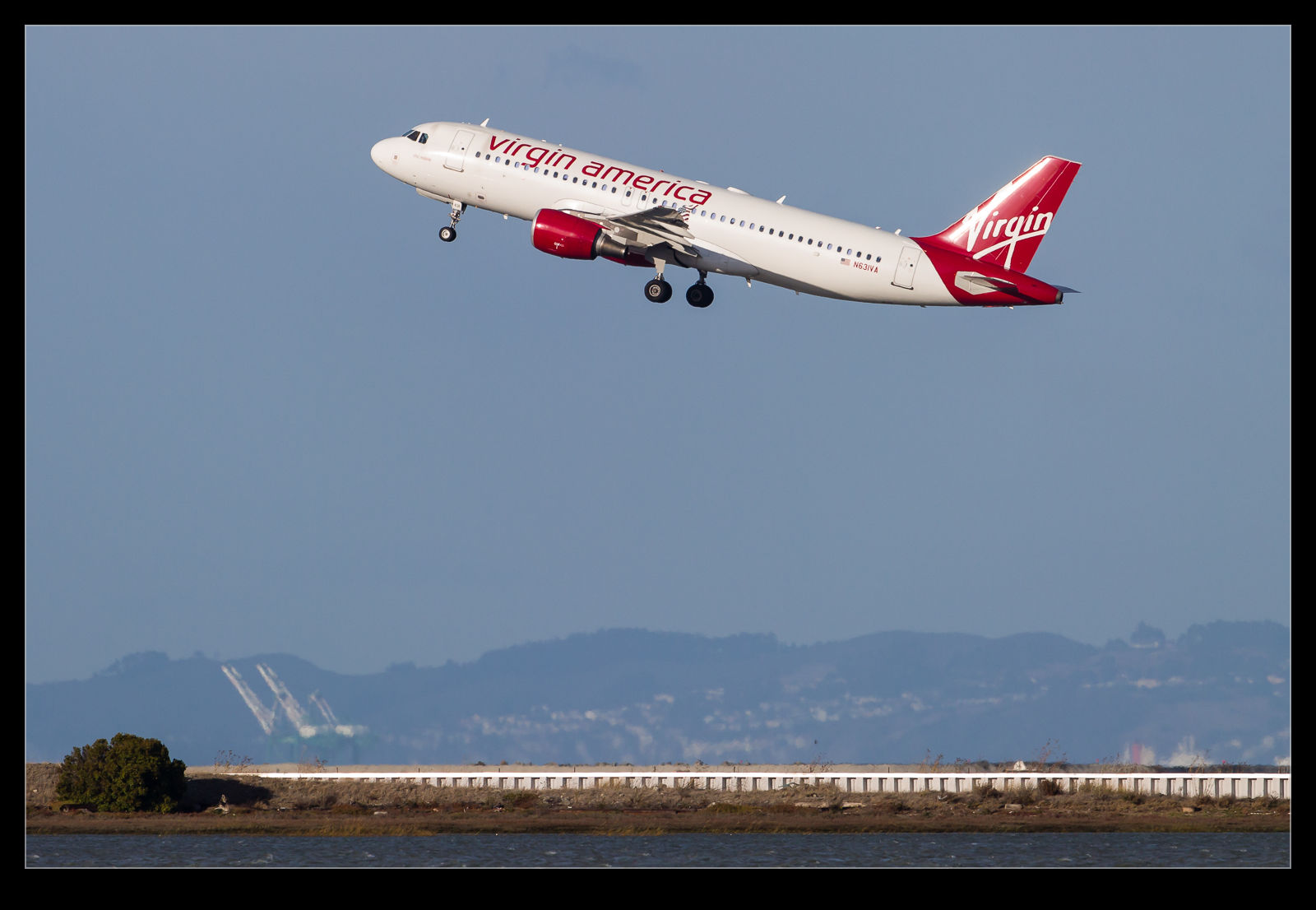 Fighting the wind made for a tiring day. I decided I would wait around until the Virgin 787-9 showed up and then call it quits. This was due to be one of the last big arrivals prior to the sun disappearing. When it came in, the light was very nice. I got some good shots and then packed up to go. Going back through the shots since, it was quite clear that the wind was a big factor in my shooting. The sharpness of some shots suffered but the bigger issue was tracking accurately. Far to many extremities of planes got chopped off. Despite, that, the opportunities a day like that offers made it well worth doing and I would be back in a heartbeat if the conditions come together.
Fighting the wind made for a tiring day. I decided I would wait around until the Virgin 787-9 showed up and then call it quits. This was due to be one of the last big arrivals prior to the sun disappearing. When it came in, the light was very nice. I got some good shots and then packed up to go. Going back through the shots since, it was quite clear that the wind was a big factor in my shooting. The sharpness of some shots suffered but the bigger issue was tracking accurately. Far to many extremities of planes got chopped off. Despite, that, the opportunities a day like that offers made it well worth doing and I would be back in a heartbeat if the conditions come together.

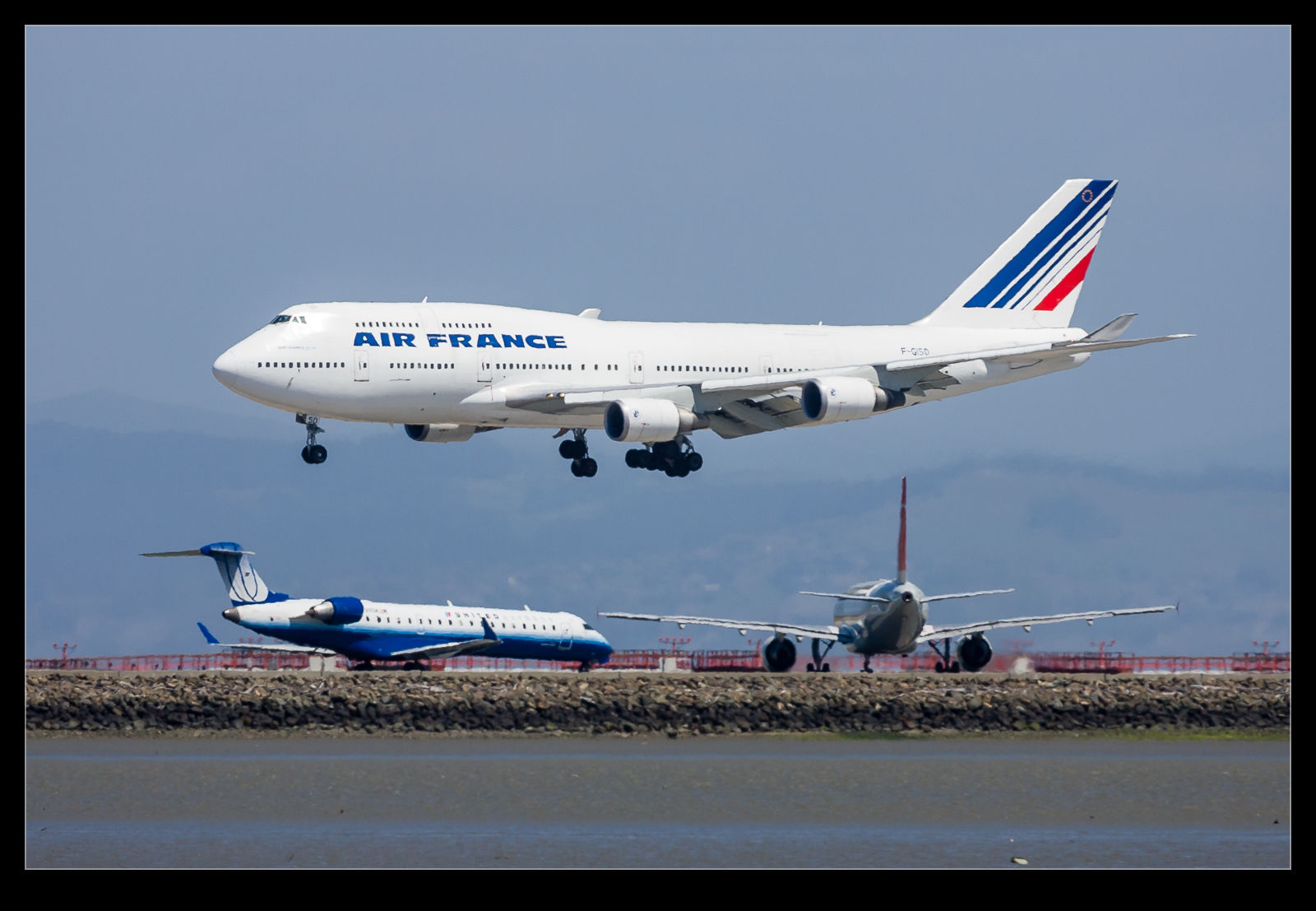 There is a steady stream of Boeing 747 fleet retirements right now. This month another one occurred when the last Air France 747 flight took place. I have not seen a huge number of their Jumbos over the years but they have cropped up from time to time. It turns out that the best shots I have got have all been at SFO although these were mainly taken long before I moved here.
There is a steady stream of Boeing 747 fleet retirements right now. This month another one occurred when the last Air France 747 flight took place. I have not seen a huge number of their Jumbos over the years but they have cropped up from time to time. It turns out that the best shots I have got have all been at SFO although these were mainly taken long before I moved here.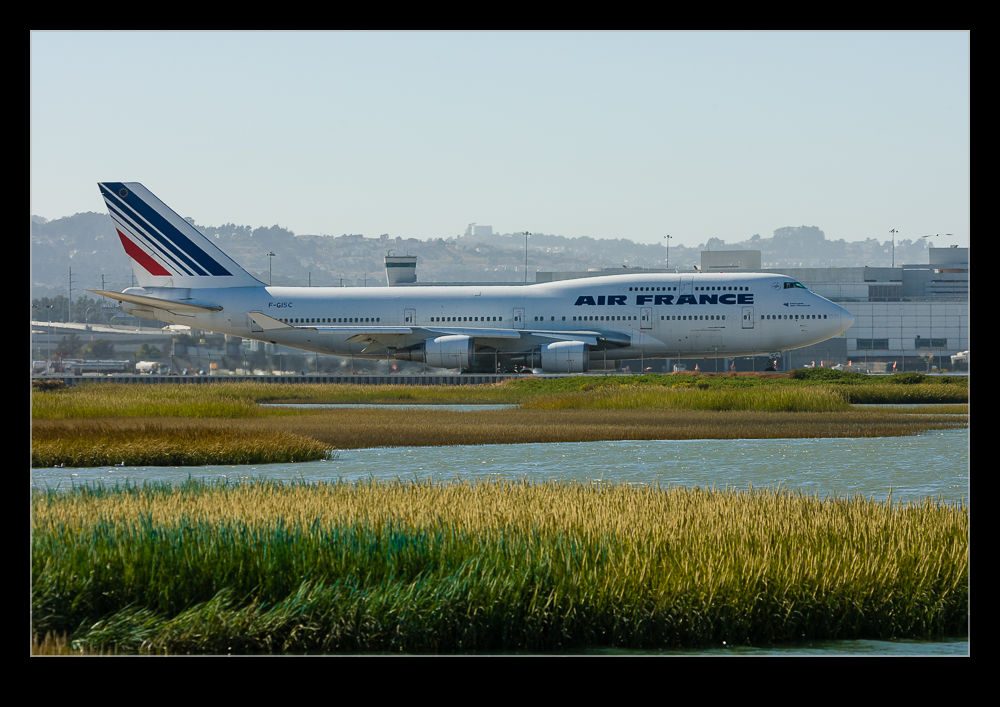 Anyway, farewell Air France 747s. I wonder which operator will be next?
Anyway, farewell Air France 747s. I wonder which operator will be next?